Author: Crypto, Distilled
Compiled by: TechFlow
The Evolution of Cryptocurrency
Bull and bear markets have become a relic of history.
The cryptocurrency industry has matured and the rules that once existed no longer apply.
Here’s an in-depth analysis of the new developments.
Rethinking the Market Context: The Quadrant Model
The traditional view of bull and bear markets is becoming outdated.
Crypto investor Rancune, one of the top minds in the industry, has proposed a new model for understanding the market.
Rancune’s quadrant model provides a more nuanced framework for market analysis based on liquidity and token scarcity.
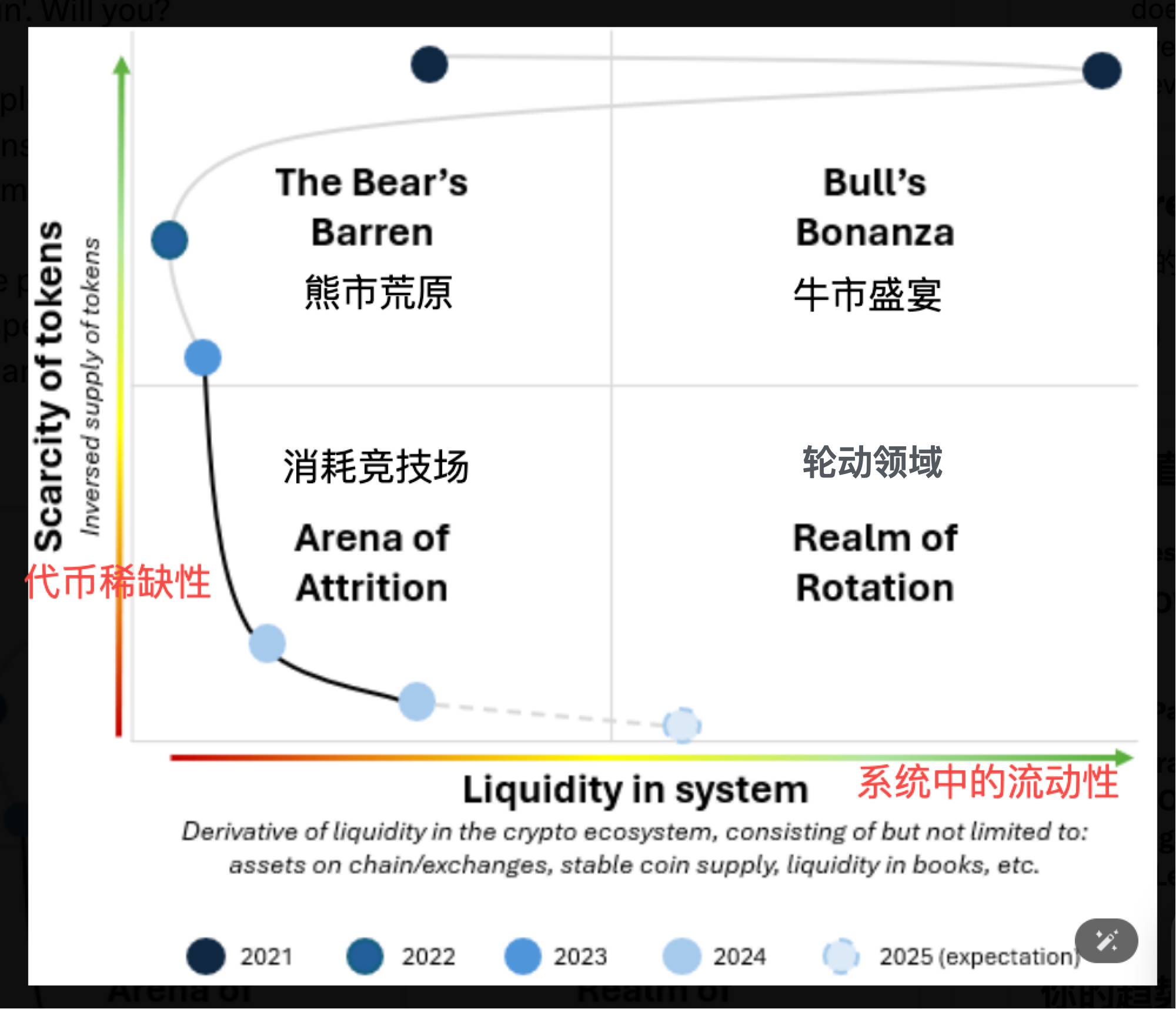
Liquidity: The Lifeblood of the Crypto Market
Liquidity is a key factor in driving prices, but it involves more than just money supply.
Unique barriers such as deposit processes and access to centralized exchanges (CEX) profoundly affect liquidity flows and shape the entire crypto market.
The Impact of ETFs: Redefining Altcoin Performance
The launch of spot ETFs has changed the market landscape, especially the impact on Altcoin.
The traditional trickle-down effect from Bitcoin (BTC) and Ethereum (ETH) to other cryptocurrencies is no longer working.
Analyzing the ‘OTHERS/BTC’ ratio shows that Altcoin are currently performing worse than during the 2022 bear market.
It is important to note that OTHERS measures the top 125 cryptocurrencies by market cap (excluding the top 10).
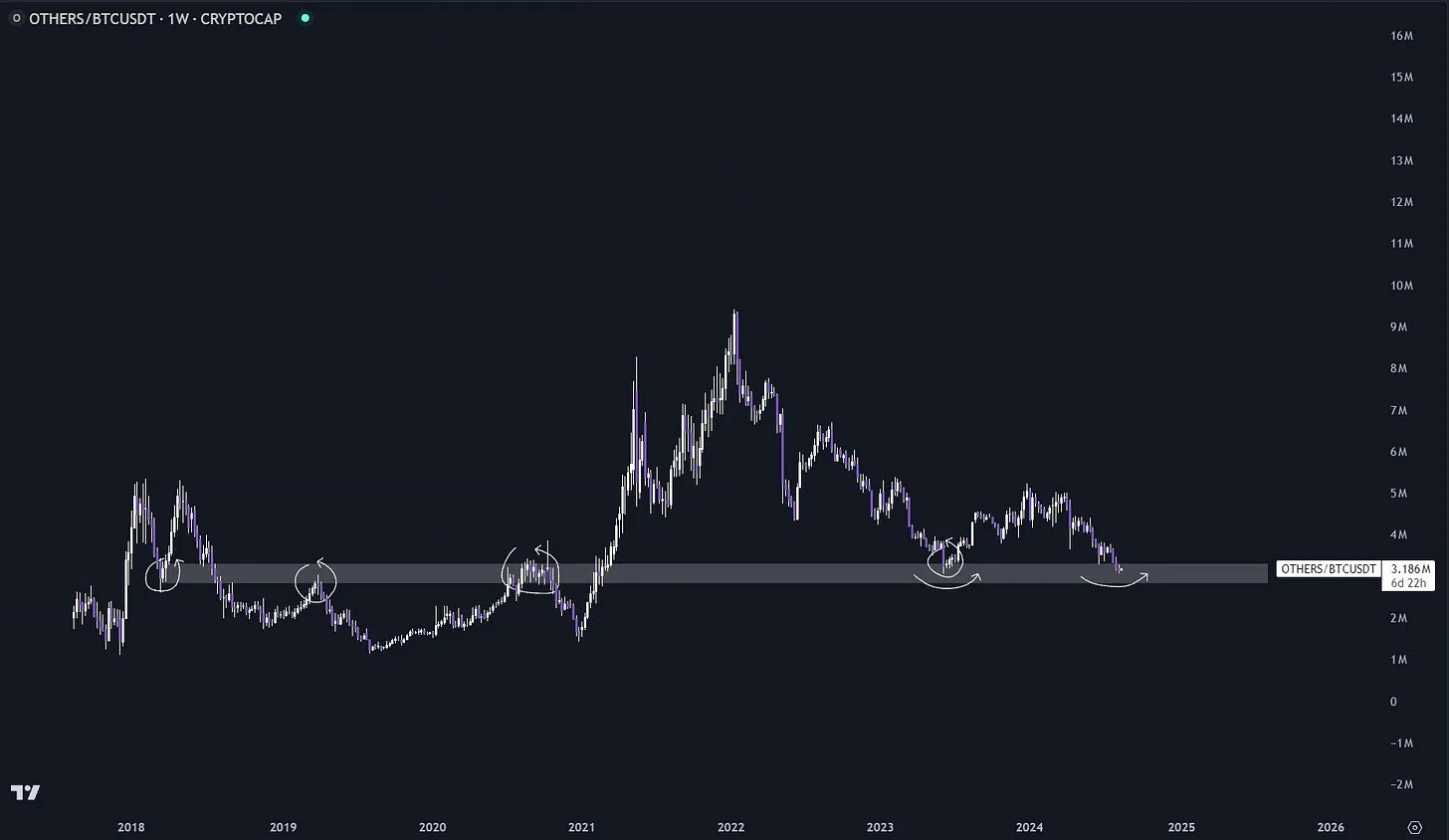
Source: owen1v9
Token scarcity: a key factor on the supply side
Token scarcity is the second important variable in the quadrant model.
As Rancune explains, this involves how liquidity is distributed.
The shift from high liquidity and low supply in 2021 to low liquidity and high supply today highlights the challenges of this bull run.
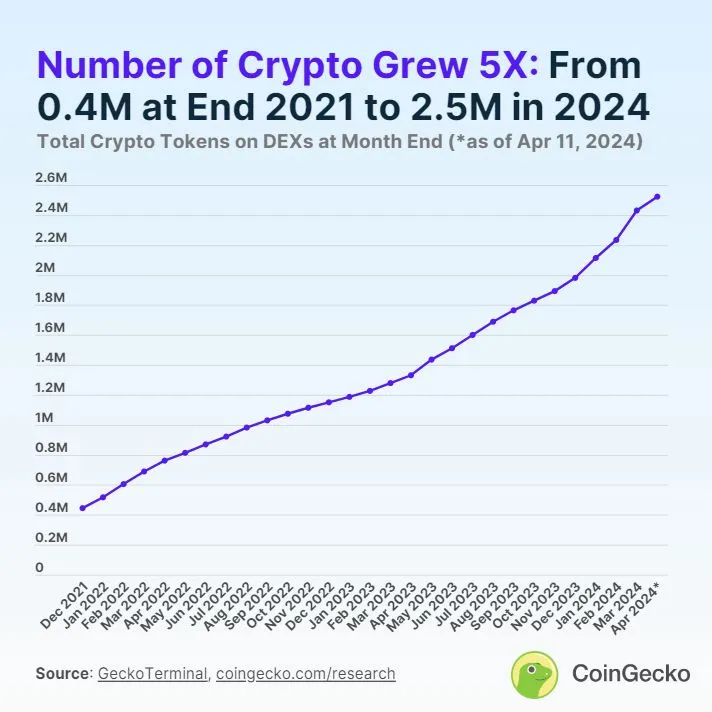
Source: CoinGecko
Navigation Quadrant: Market Roadmap
By plotting liquidity and scarcity, we can identify four key market states:
High scarcity & high liquidity (e.g., 2021)
High scarcity & low liquidity (e.g., 2019)
Low Scarcity & High Liquidity (2025?)
Low scarcity & low liquidity (currently).
Enter the "rotation field":
Rancune predicts that liquidity will increase (rotation phase) over the next 6 to 18 months.
This forecast is in line with many macroeconomic experts who expect liquidity to surge by 2025.
However, given the extreme token saturation, a repeat of the 2021 bull run is unlikely.
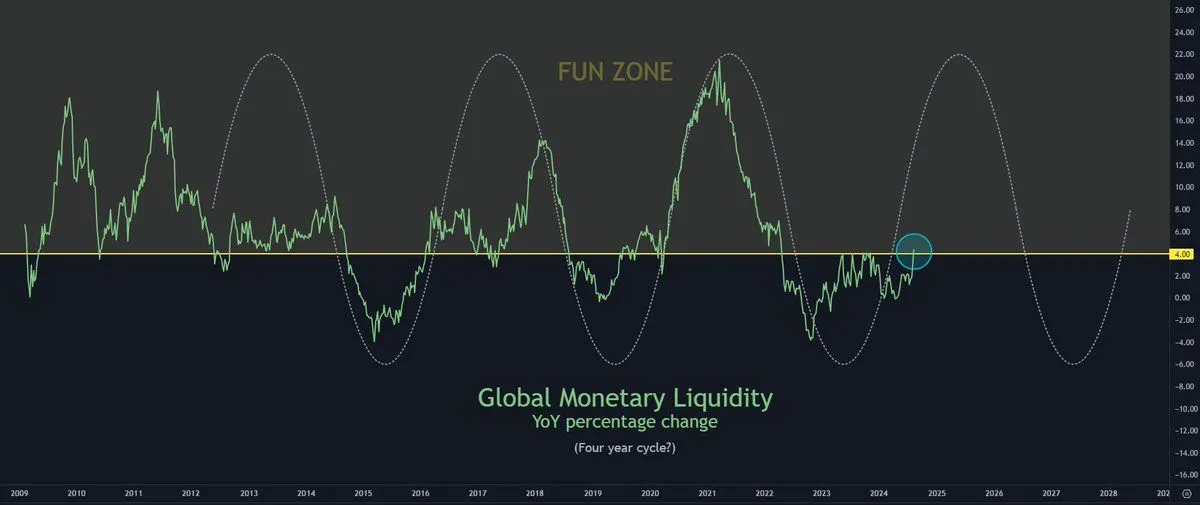
Source: TomasOnMarkets
Strategy for rotating markets: Focus on true value
In a market full of rotation, the key to success is to focus on true value.
Binance’s latest report emphasizes that market participants should focus on demand, revenue, and sustainable earnings, not just hype.
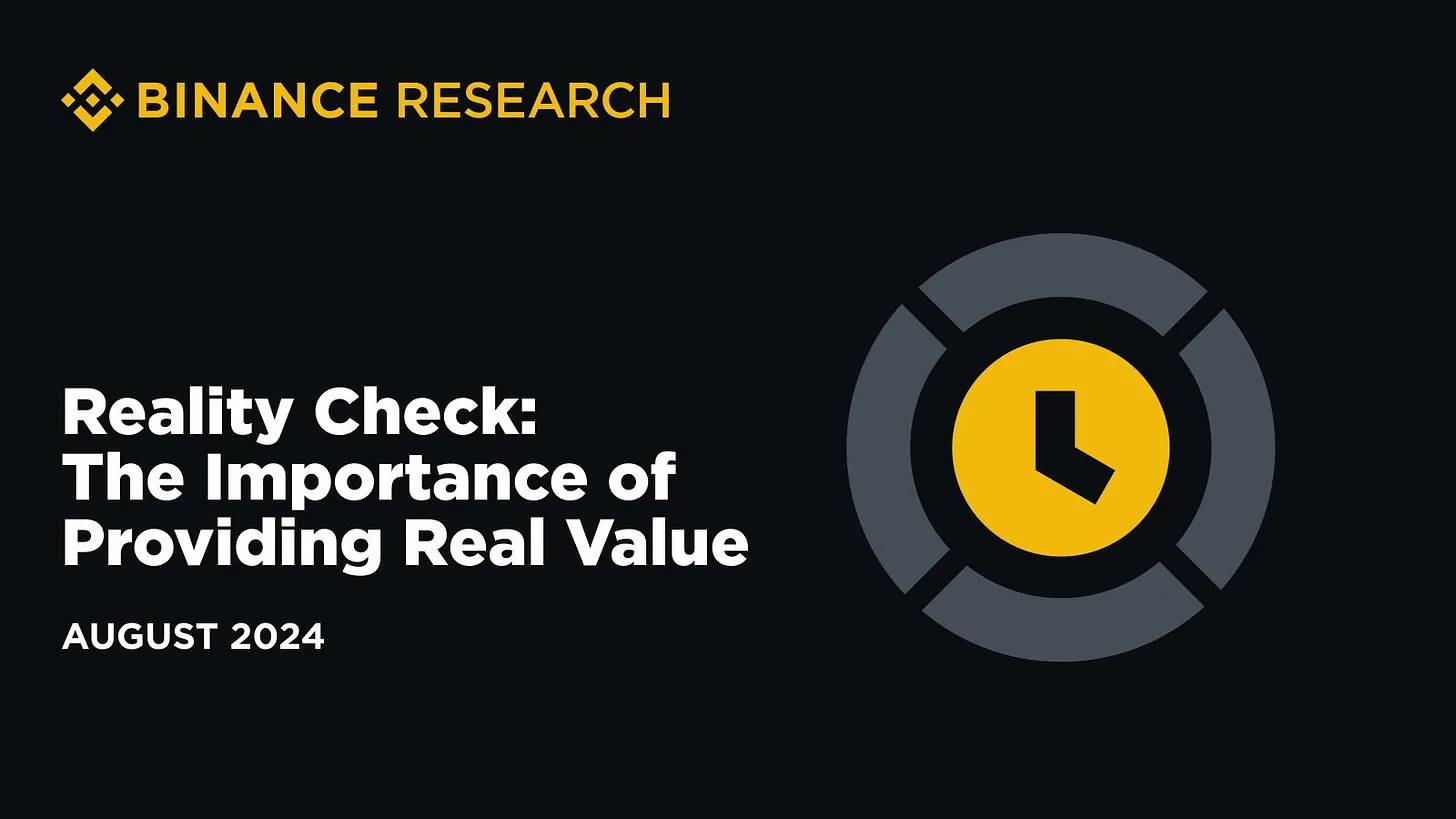
Source: Binance Research
The Hype Trap: Avoid Short-Term Trends
Current market trends are influenced by narratives, but these forces are often short-lived.
We have seen mini bubbles inflate and burst repeatedly.
Understanding the transitory nature of these trends is critical to achieving long-term success.
The rise and fall of popular narratives:
From artificial intelligence to restaking, trends rise and fall quickly.
Ordinary investors often chase these trends while ignoring long-term growth and sustainability.
This year’s intense focus on memes has highlighted a neglect of fundamentals.
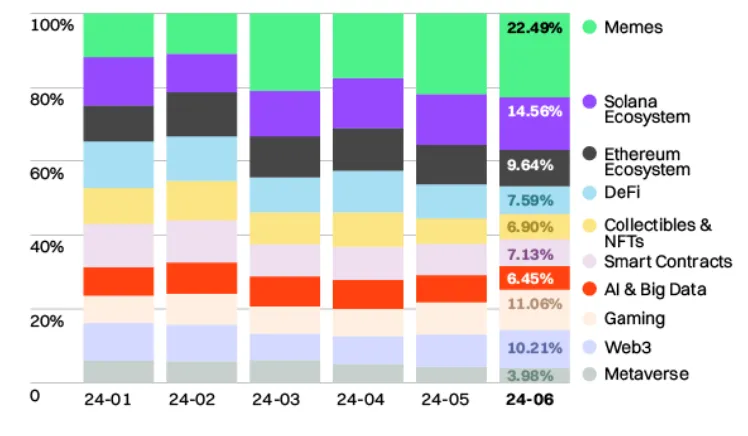
Source: CoinMarketCap
Fundamentals: The path to sustainable growth
To avoid the hype trap, investors should focus on real value: real demand, revenue and earnings.
These fundamentals provide a more stable foundation for the long-term growth of the crypto market.

Source: Binance Research
Two Paradigms: Fundamentals and Cyclical Manias
Felipe Montealegre outlined two dominant paradigms in the crypto space:
Fundamentals-driven approach
Cyclical Mania Paradigm

Source: TheiaResearch
Fundamentals-driven paradigm:
The fundamental paradigm believes in the long-term growth of the industry and does not expect tokens to exceed their true value.
Investors work with great teams to build real businesses, while developers focus on the product and its usefulness.
This is about lasting value, not short-term speculation.
Cyclic Mania Paradigm:
The cyclical mania paradigm aims to capture market bubbles every four years.
Investors choose to invest in hype-driven tokens at the peak of the frenzy.
In this view, fundamentals are ignored in favor of inflated asset values.
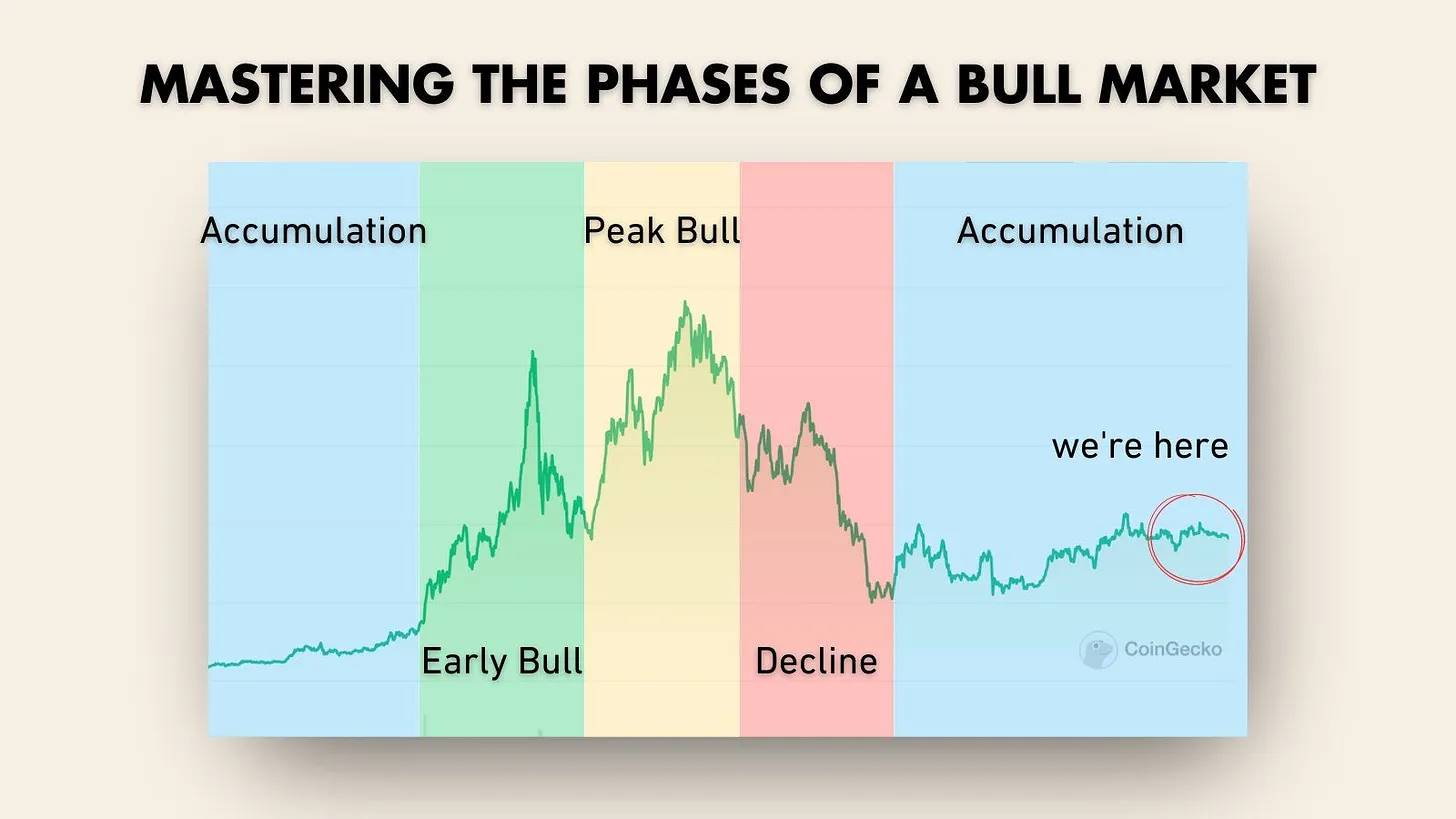
Source: The DeFi Edge
Why fundamentals will prevail:
Investors who follow the cyclical mania paradigm are likely to underperform as fundamentals gain more prominence.
With a surplus of tokens and a shortage of buyers, the market is shifting toward strategies based on value creation and sustainable growth.
This shift is necessary because capital is more scarce this cycle than in 2021, when liquidity was abundant.
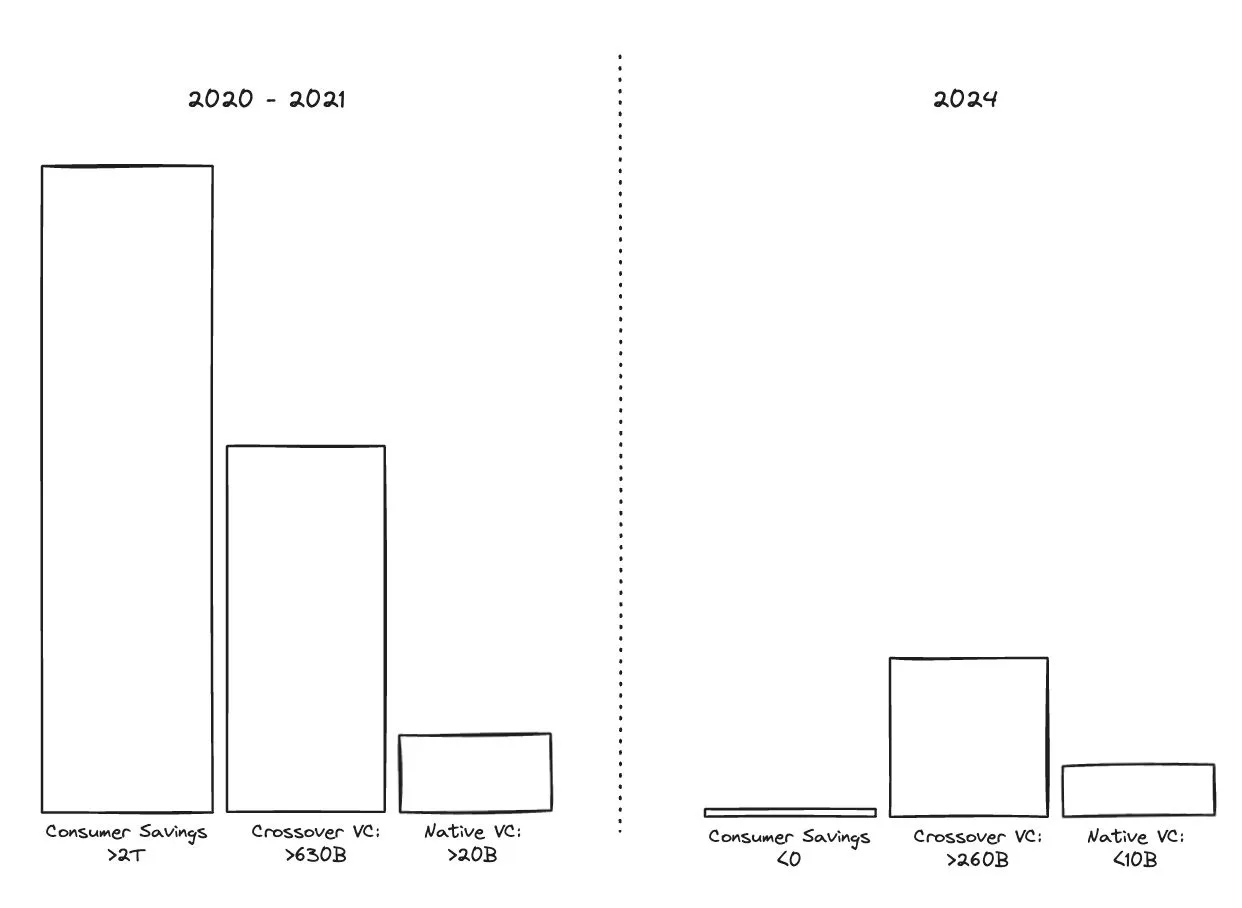
Source: TheiaResearch
Lessons from Silicon Valley: The power of fundamentals
Felipe envisions a crypto future that thrives through hard work and first principles, similar to Silicon Valley post-2001.
This echoes the rise of the tech giants in the early 2000s.
“I hope our industry can flourish like Silicon Valley did after 2001. Over the next few decades, the industry thrived, but it was largely based on hard work, product-market fit, and sensible risk assessment. As the market gradually moved to valuation methods based on first principles and basic economics, unrealistic valuation techniques such as “price per click” and “price per eyeball” gradually lost their effectiveness. During this period, companies such as Amazon, Apple, and Google built the most profitable businesses in the world, and almost everyone who worked hard and focused on the fundamentals succeeded.”
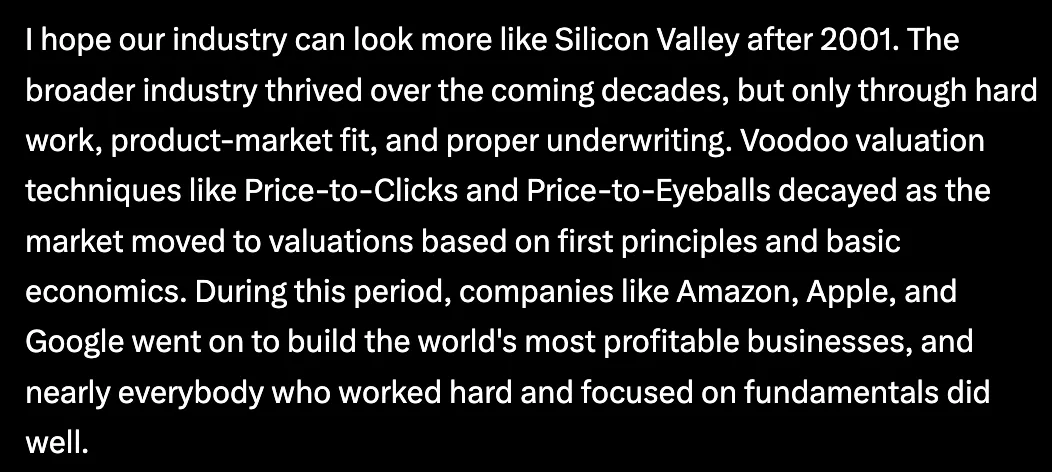
Source: TheiaResearch
The Future of Crypto: Fundamentals or Continued Hype?
Will the future of crypto mirror the success of Amazon, Apple, and Google through strong fundamentals, or will memes and hype still reign supreme?
The answer lies in how we invest and build in this space.
Summary: Embrace the shift to fundamentals
Simplistic bull and bear market thinking is outdated. To succeed now, focus on liquidity, token scarcity, and true value.
The market is shifting towards fundamentals for long-term investing, while short-term trading is driven by narrative rotation and attention.







